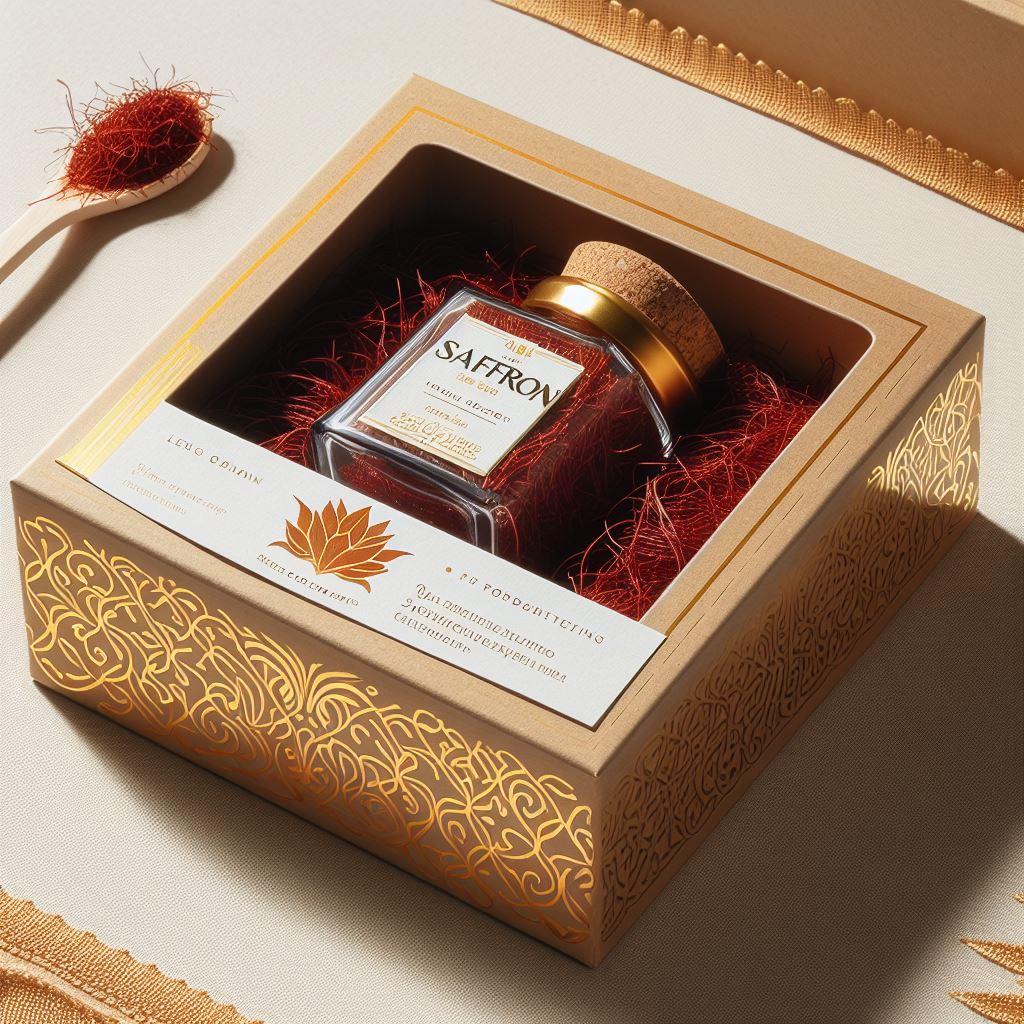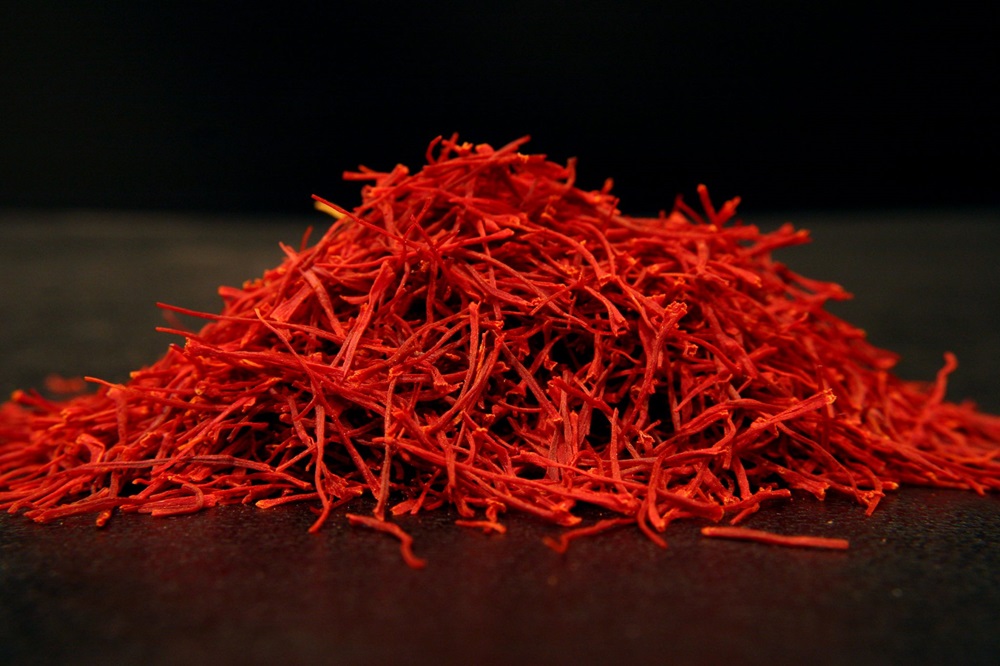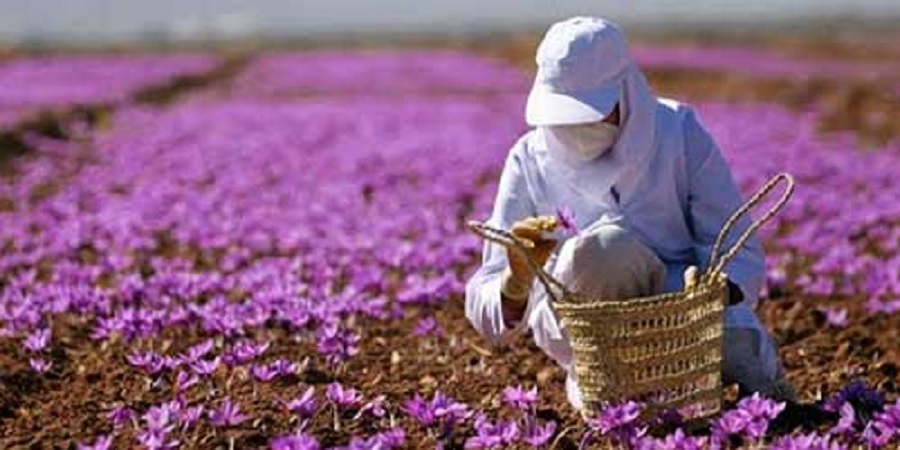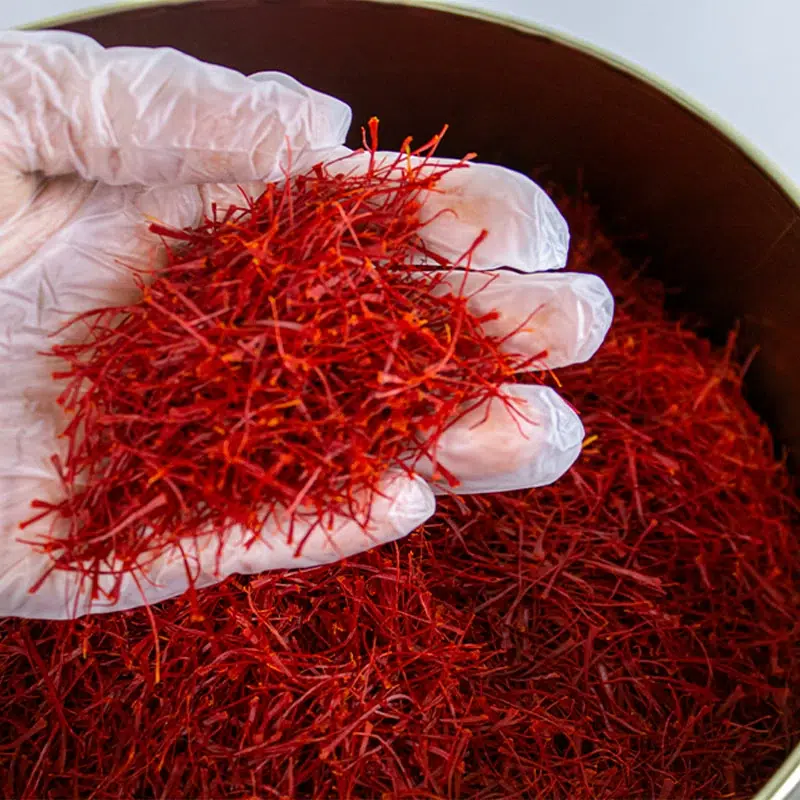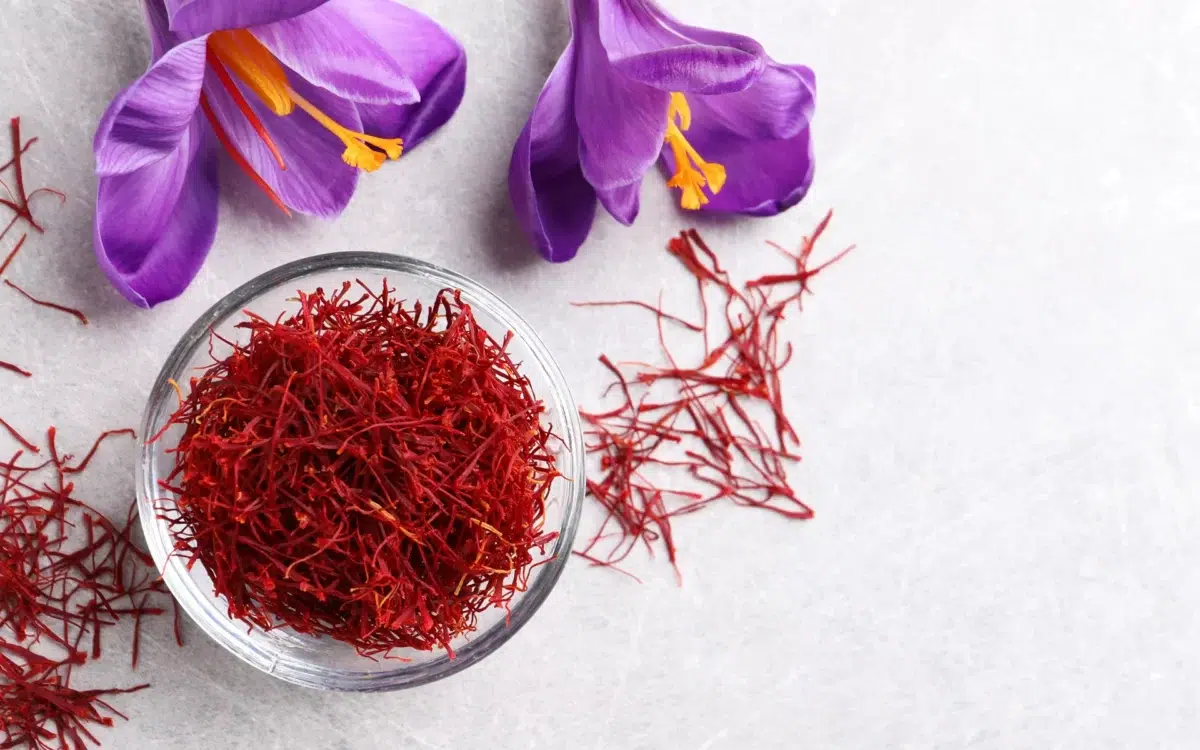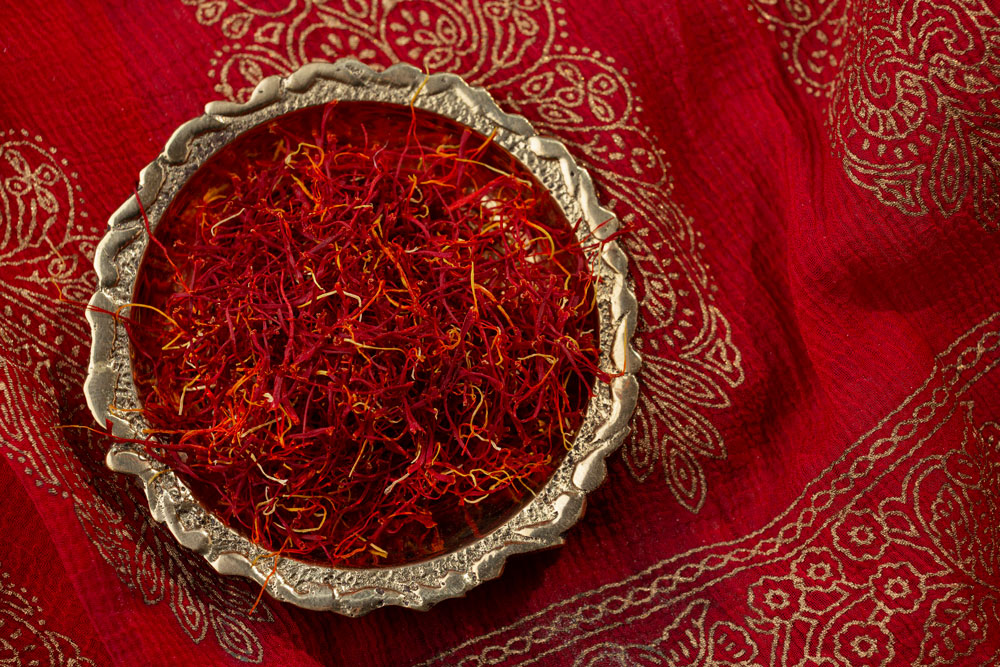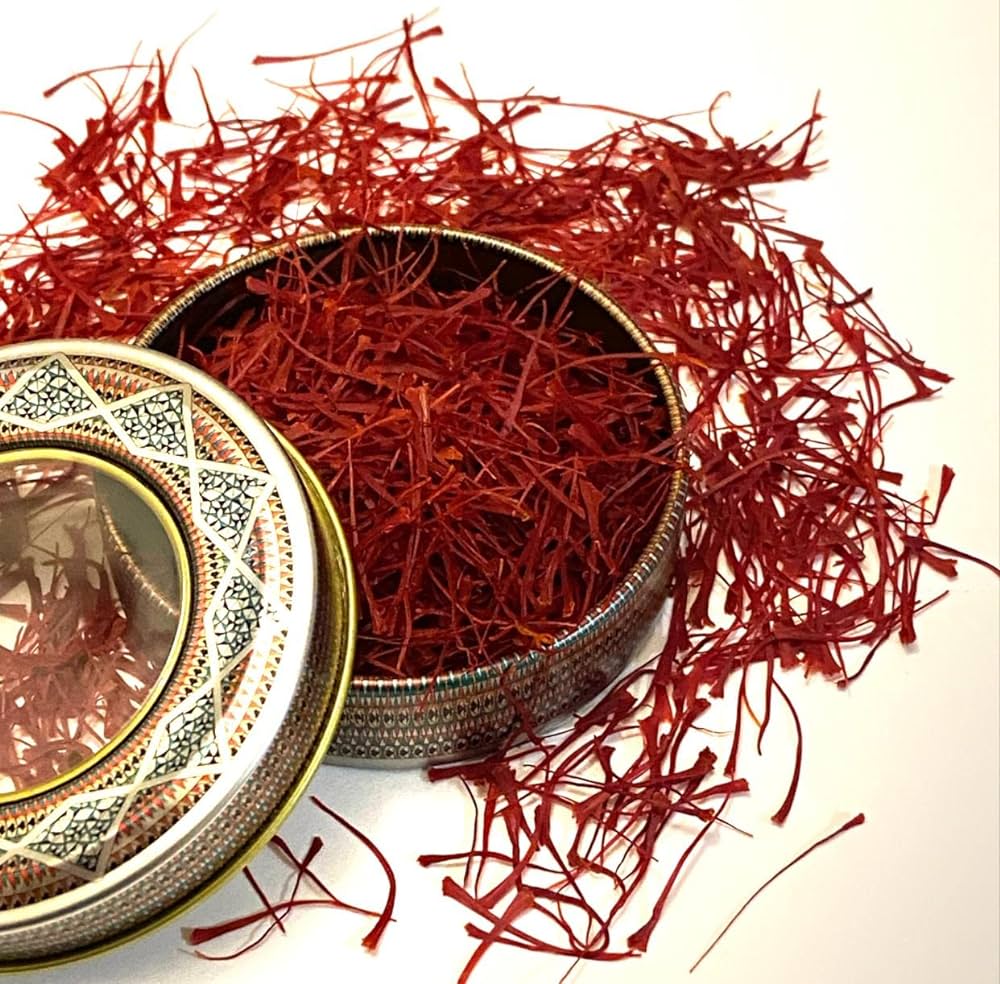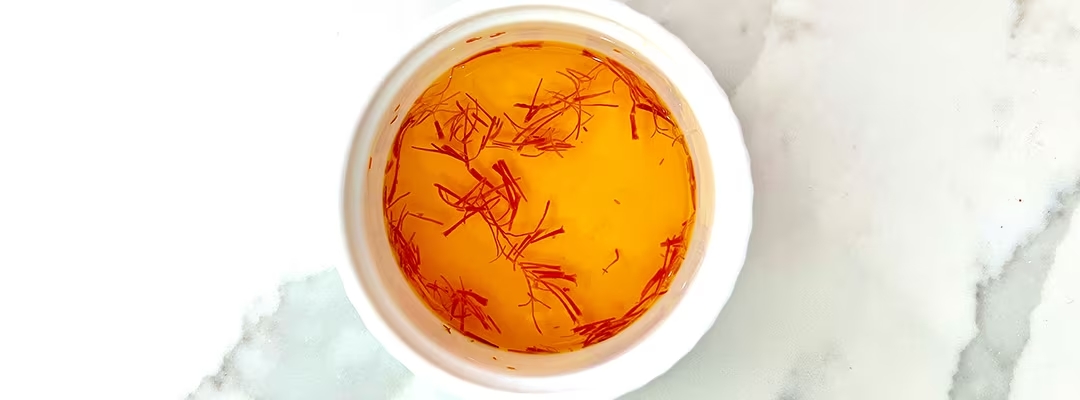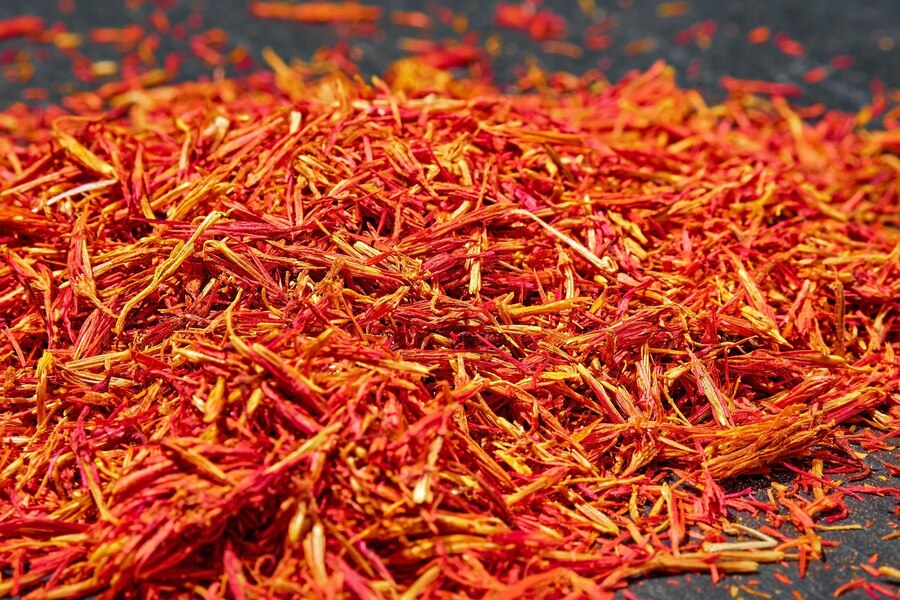Saffron, a culinary gem revered for its exquisite flavor, vibrant color, and purported health benefits, holds a unique position in the world of spices. Its delicate nature and high value demand careful handling and protection, making packaging an indispensable aspect of the saffron trade.
Protecting the Precious Spice
Saffron’s integrity is highly susceptible to external factors, particularly moisture, light, and oxygen. Improper packaging can lead to the degradation of its aroma, color, and flavor, rendering it less appealing to consumers and diminishing its market value.
Airtight Containment: A Shield Against Deterioration
A crucial element of saffron packaging is its airtightness, ensuring that the delicate threads remain free from moisture, which can cause clumping and mold growth. Ensuring a hermetic seal preserves the spice’s delicate flavor compounds, preventing them from evaporating or reacting with oxygen, which can cause discoloration and oxidative damage.
Light Protection: Preserving Saffron’s Vibrant Hue
Light, particularly sunlight, can rapidly degrade saffron’s color, rendering it dull and unappealing. To safeguard the spice’s vibrant red hue, packaging materials should be opaque or translucent, preventing light from reaching the saffron threads.
Oxygen Control: Maintaining Saffron’s Freshness
Excessive exposure to oxygen can accelerate the aging process of saffron, leading to loss of flavor and aroma. Packaging materials that effectively block oxygen, such as foil or vacuum-sealed pouches, play a critical role in maintaining the spice’s freshness and longevity.
Beyond Protection: A Marketing Tool with Impact
Saffron packaging extends beyond its protective function, serving as a powerful marketing tool that can influence consumer perception and purchasing decisions.
Aesthetic Appeal: Captivating Visuals
Saffron’s packaging should be visually appealing, enticing customers with its design and color scheme. The packaging should reflect the quality and sophistication of the spice, conveying a sense of luxury and craftsmanship.
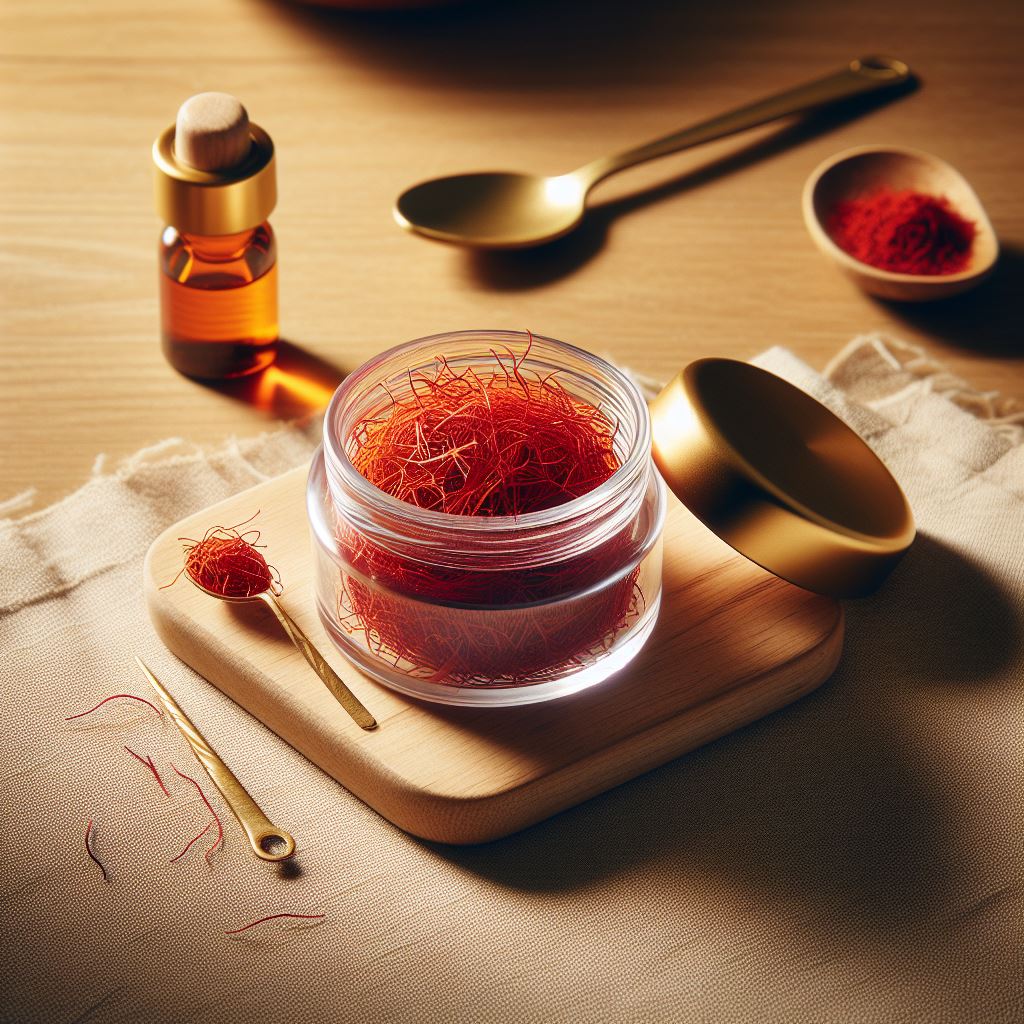
Clear Communication: Providing Essential Information
The packaging should clearly communicate key information about the saffron, including its origin, grade, and weight. This transparency fosters trust and confidence among consumers, establishing the brand as a reputable supplier of high-quality saffron.
Sustainable Choices: Environmentally Conscious Packaging
In recent years, environmental consciousness has become a growing concern among consumers. Saffron producers and exporters should adopt sustainable packaging practices, using materials that are recyclable, biodegradable, or made from renewable resources.
Here are some examples of how effective packaging can enhance the saffron selling experience:
Example 1: Luxury Packaging for High-End Saffron
For premium saffron, consider packaging options that exude sophistication and exclusivity. Glass vials with intricate stoppers, elegant wooden boxes lined with velvet, or handcrafted porcelain jars can elevate the perception of the product and appeal to discerning buyers.
Example 2: Eye-Catching Packaging for Gifting
Saffron is a popular choice for gifts, particularly during special occasions like weddings and holidays. Packaging that highlights the festive spirit and conveys the preciousness of the saffron can make a memorable impression. Consider using vibrant colors, elegant ribbons, or intricate embellishments to create a gift that is both functional and aesthetically pleasing.
Example 3: Clear and Informative Packaging for Transparency
In today’s market, transparency is highly valued by consumers. Clear packaging that allows the saffron threads to be visible demonstrates the authenticity and quality of the product. Additionally, labeling that includes clear information about the origin, grade, and weight of the saffron instills confidence in customers and builds trust with the brand.
Example 4: Sustainable Packaging for Environmental Responsibility
As environmental consciousness grows, consumers are increasingly seeking products packaged in sustainable materials. Consider using recyclable glass jars, biodegradable paper pouches, or compostable packaging options to demonstrate your commitment to environmental sustainability. This can appeal to environmentally conscious consumers and set your brand apart in a competitive market.
By incorporating these packaging strategies, saffron producers and exporters can create packaging that not only protects the delicate spice but also enhances its appeal, drives sales, and strengthens brand reputation.
Packaging as a Catalyst for Success
Saffron packaging is not merely a container; it is a strategic tool that can significantly impact the success of saffron businesses. By prioritizing quality, functionality, and design, saffron producers and exporters can create packaging that not only protects the delicate spice but also enhances its appeal and drives sales. By embracing sustainable practices, they can also demonstrate their commitment to environmental responsibility, further solidifying their position as market leaders.

